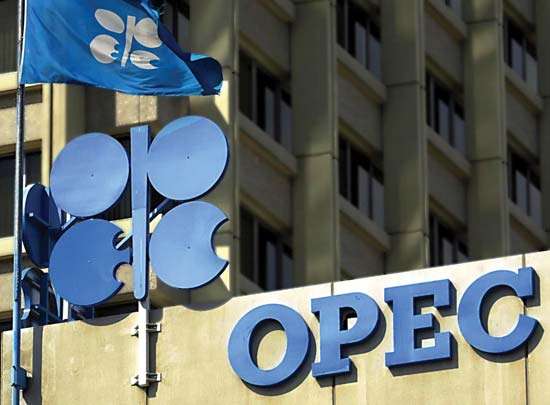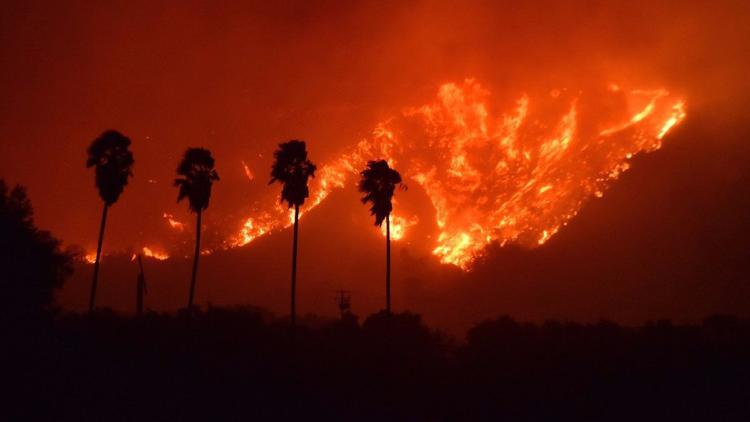OPEC losing market share due to U.S oil frenzy
The
price of oil increased on Thursday as a result of equity markets picking up
despite the prediction that the supply of crude oil is going to exceed demand
by the end of this year. Futures for Brent crude rose by 23 cents and settled
at $65.12, while U.S. West Texas Intermediate (WTI) futures also climbed 23
cents by the end of the session on Thursday, sitting at $61.18.
As
the U.S stock markets picked up, oil rose alongside it. Crude futures have also
risen in tandem with equities without interruption for almost the last 100
trading days, which amounts to the longest such stretch in around two years.
The S&P 500 stock index jumped around 0.15%.
There
was also some price fluctuation after the United States stated that there would
be new sanctions against certain Russian individuals and groups. This includes
Moscow’s intelligence services and a propaganda organisation based in Russia.
A
partner at Again Capital in New York, an investment manager, named John Kilduff,
explained: "the rising tensions between the West and Russia raise the
potential for reduced trade flows and economic activity, which would diminish
energy demand growth."
Thanks
to a number of factors, including the supply caps issued by the Organisation of
the Petroleum Exporting Countries (OPEC) and a general increase in global
demand, the price of oil per barrel has remained over $60.
On
Thursday, the International Energy Agency (IEA) stated that we should expect to
see the global demand for oil increase over the course of this year. However,
it is also noted that the supply of oil is growing at a quicker pace. This
means inventories are going to be fuller during the first quarter of 2018.
In
light of this, OPEC recalculated its prediction for the growth of non-member
oil supply this year. The new prediction expects this growth to be almost
double what was forecast four months ago.
Back
in January 2017, OPEC and a number of other producers, led by Russia, decided
to cut down supply in order to eliminate a global crude glut that had been
accumulating since 2014. Unfortunately, these efforts have been somewhat
hampered by a boost by the U.S in crude production. Last
week, crude production in the United States hit another new record as the total
hit 10.38 million barrels per day (bpd). This is 23% more than was being
produced in mid-2016. Indeed, commercial crude inventories also expanded and
were up by 5 million barrels.
A
Singapore-based brokerage, Phillip Futures, noted its concern as to the U.S’s output
level. The firm explained that so long as this level of production continues,
it will keep undermining the supply limits OPEC have put in place to stabilise
the market.
As
it stands, the U.S. is now producing more crude than Saudi Arabia, the number
one crude exporter in the world. It is expected to keep rising and to exceed
the 11 million bpd mark later on this year, usurping Russia in the top spot.
These predictions come from the IEA, which believes that the total non-OPEC
supply, led by the U.S will increase by about 1.8 million bpd this year.
Demand, however, is only expected to go up by 1.5 million bpd.
With
OPEC sticking to its cuts and the United States continuing to drive production,
the outcome of the situation is that OPEC is losing its market share.
"In
2018, demand for OPEC crude is forecast at 32.6 million bpd, down by 0.2
million bpd from the previous assessment and 0.2 million bpd lower than a year
earlier," OPEC said.




Comments
Post a Comment